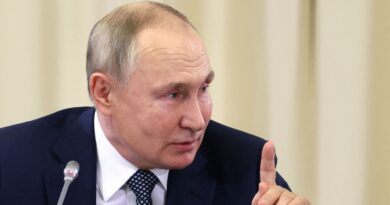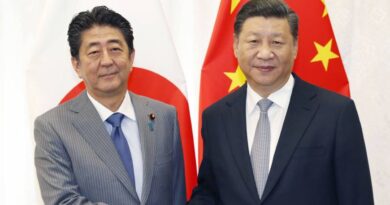In post-Taliban world, will Quad’s rise see Brics fall?
WASHINGTON: Prime Minister Narendra Modi are going to be moving deftly from a virtual Brics summit held early September to an in-person Quad conclave late September amid rapid changes within the world’s geo-strategic architecture following the US withdrawal from Afghanistan.
Although originally conceived as a formation to counter Chinese economic and military power within the Indo-Pacific, Beijing’s aggressive enter the strategic space vacated by the US in Afghanistan and Russia’s ambivalent role in Kabul had imbued Quad – an in-person summit of whose leaders has been convened on September 24 by US President Joe Biden – with a replacement purpose.
India may be a member of both BRICS (including Brazil, Russia, China, and South Africa) and Quad (including the US, Japan, and Australia).
A virtual Brics summit hosted by Modi on September 9 passed largely unnoticed within the West given the events in Afghanistan, where clear differences surfaced between New Delhi on the one hand and Brics principals on the opposite .
The Biden-Harris administration has made elevating the Quad a priority, the White House said.
Although it House said Quad leaders are going to be “focused on deepening our ties and advancing practical cooperation on areas like combatting Covid-19, addressing the climate crisis, partnering on emerging technologies and cyberspace, and promoting a free and open Indo-Pacific”, the developments in Afghanistan, where China has tried to align with Pakistan, Russia and Iran (dubbed PRIC) are bound to figure within the discussion.
The big question is whether or not Quad, which is underscored by democratic credentials and geo-political apprehension of China, will end in the dismantling of Brics, which is underpinned by economic interests.



